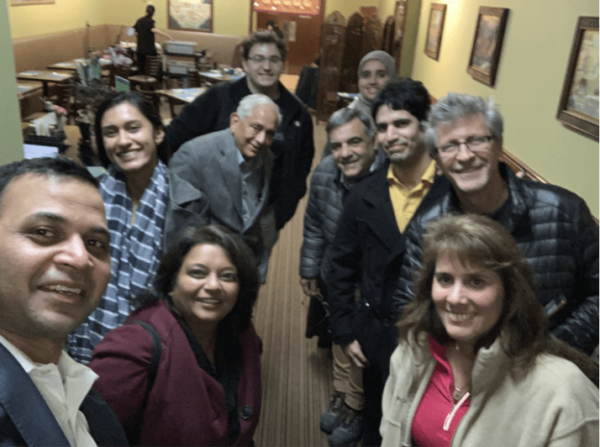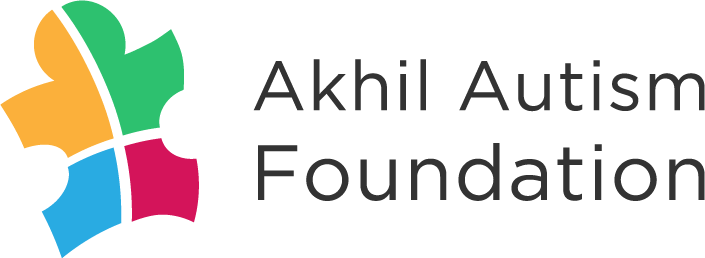To identify, validate and apply methodologies that improve the symptoms of Autistic children.
The current methodologies of interest include behavioral and neurosensory approaches, nutritional approaches, objective tools for measuring changes/improvements in Autistic behaviors, and assistive social accommodations.
Digital Transformation in the field of AUTISM using sensor based technology.
Reform the treatment for Autism Spectrum Disorders from Diagnosis ,Assessments to Data taking using sensors and Come up with personalized treatment plans.
RESEARCH

Research in Collaboration with NJACE and Sensory Motor Labs (Rutgers)
Research Opportunity
Akhil Autism Foundation collaboration with Sensory-Motor Integration Lab at the Psychology Department of, Rutgers University……………….Grants given $13,000
Elizabeth B Torres, Luis Campos and Daniel Orlievsky/Sponsored by Akhil Autism Foundation
Our Objective
Evaluate the efficacies of vibro-tactile feedback and independent typing on language acquisition through self-regulation of sensory-motor control
Research:
https://www.frontiersin.org/articles/10.3389/fnhum.2017.00028/full
Description
This proposal has 3 aims:
Aim 1: We will profile the biorhythms of the participant’s nervous systems using non-invasive means to characterize the frequency ranges of brainwaves (EEG), muscle electromyographic activity (EMG), heart activity and respiration using electrocardiogram (ECG) and full body kinematics using a grid of sensors collecting position and orientation of the body in real time. The profiling of the brain-body activity will enable us to obtain the frequency ranges of the person’s nervous systems and assess the natural (default) abilities of the nervous systems to physically entrain with the external sensory inputs such as auditory, visual and tactile. To that end, we will convert the moment to moment fluctuations in the activity our biosensors register into micro-movement spikes and these vibrations will be sonified to play back in Aim 2.
Aim 2: Once we understand the vibrations of the person’s nervous systems, we will use the sevitac, a device developed by Professor Luis Campos, to transmit vibrations through the tactile channels and evoke vocalizations in the participant. These vocalizations will then be converted to sound and blended with the person’s nervous systems vibrations to self-regulate the person’s biorhythms. Torres and Campos will be able to fine-tune the frequencies that best resonate with various stimuli to isolate the preferred forms of sensory guidance of the person and utilize it effectively to drive the motor noise and randomness towards appropriate stochastic regimes permitting better communication of the person’s nervous systems with the environment. This includes another person interacting socially with the person. Then we will proceed with Aim 3.
Aim 3: In this aim, Dr. Daniel Orlievsky will introduce the participant to independent typing and methods that evoke the acquisition of written language towards sensory-motor means. Once the person types independently, we will combine Aim 2 and induce vocalization to close the feedback looks and train the person to produce expressive language independently. A variety of Apps will be used to that end, and fine-tuning of the self-regulation methods will be used to introduce articulation of sounds towards language production (simple phrases that the person learned through independent writing / typing). This aim should lead towards the initial steps of language acquisition for the individual and a number of technology-driven exercises will be used to evoke language production.
At the completion of this project the person will receive a complete profiling of the nervous systems; a profiling of the abilities to entrain with others in social context (parent, therapist, researcher) and the full evaluation of vibro-tactile and visuo-motor condition geared towards capacity for language acquisition through independent typing/writing. As a pre-requisite for Aim 3 we prefer that the participant reads characters and full phrases.
APPLY FOR GRANTS : SEND PROPOSAL
programs@akhilautismfoundation.org
